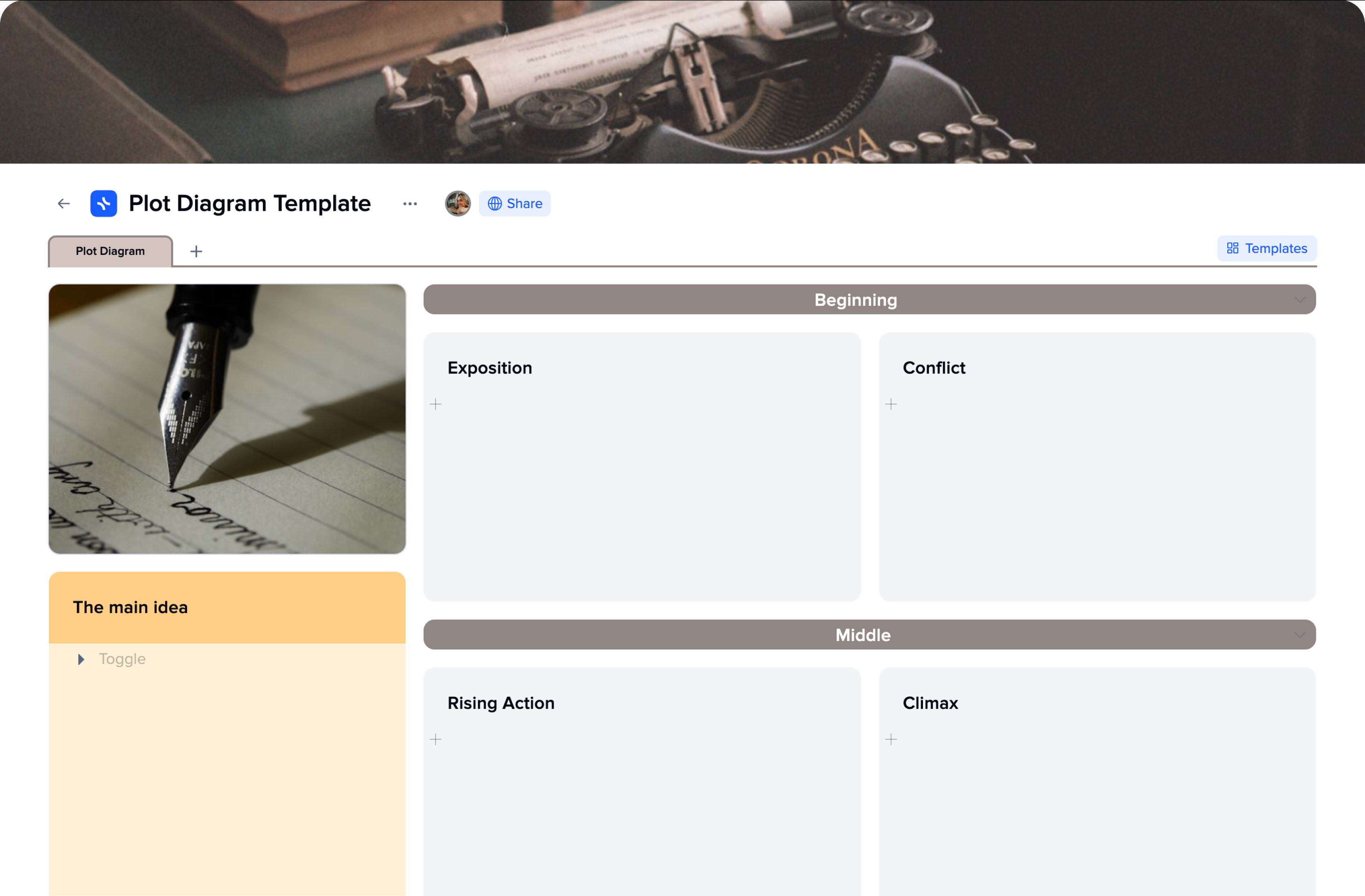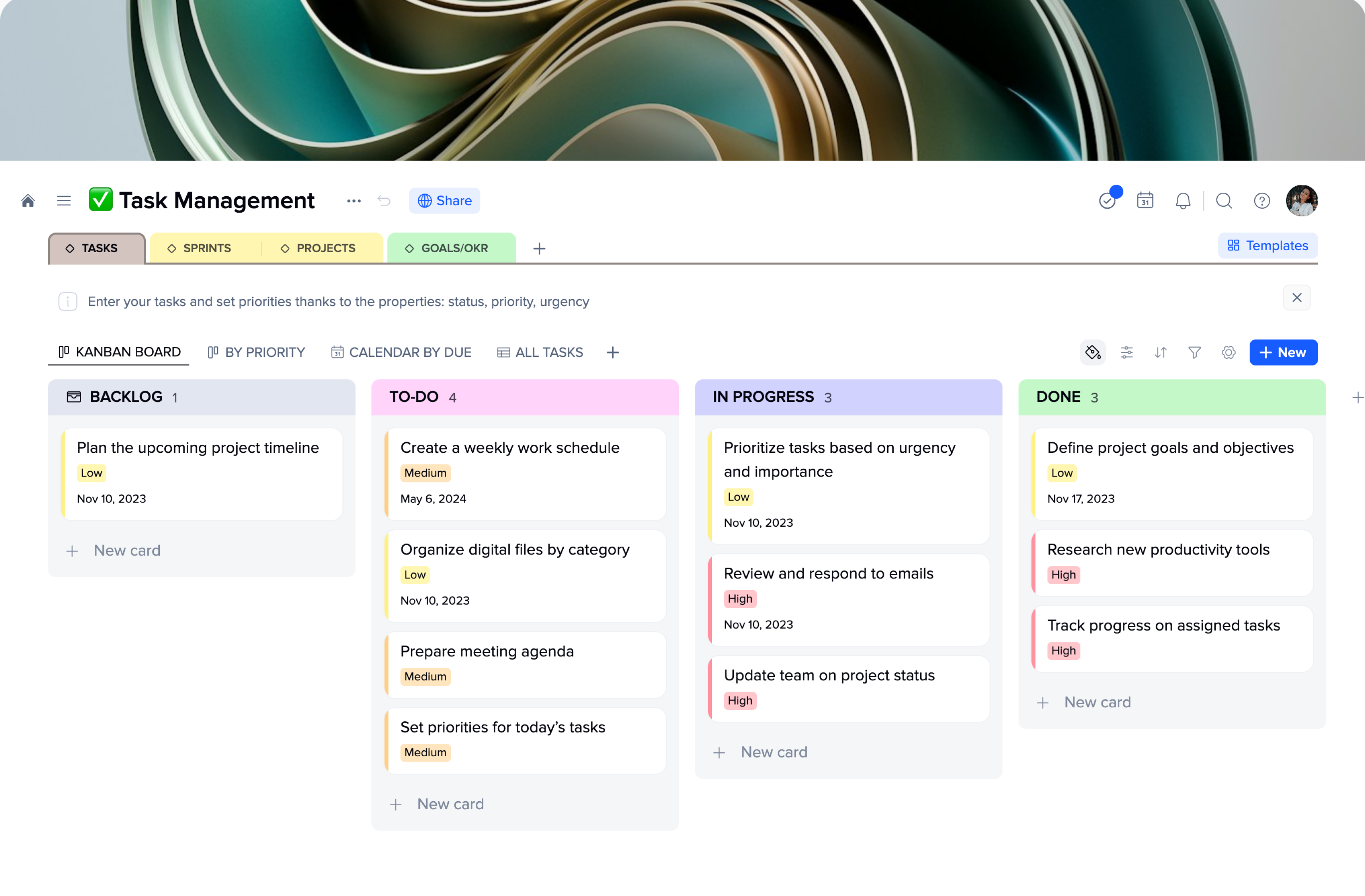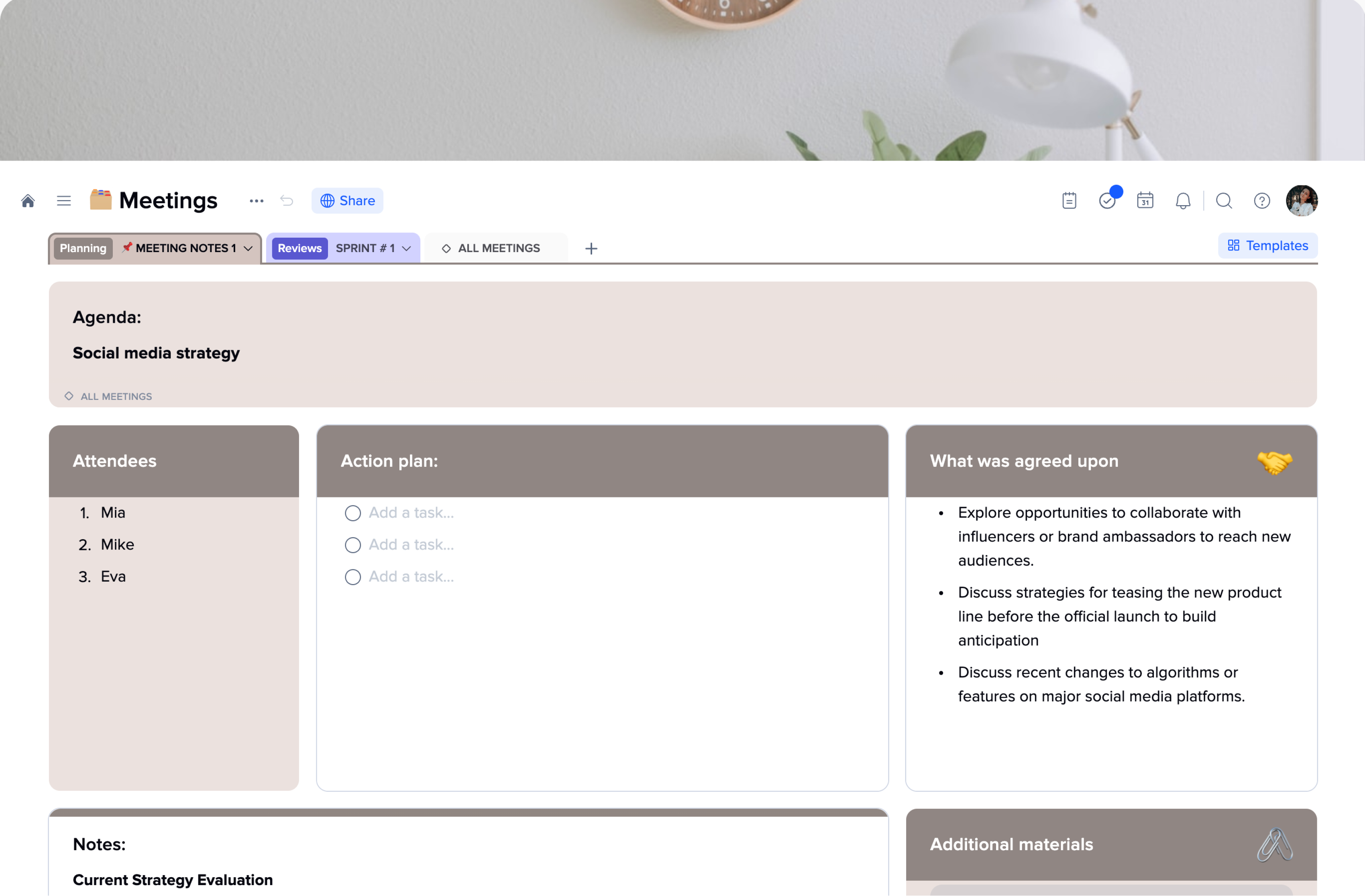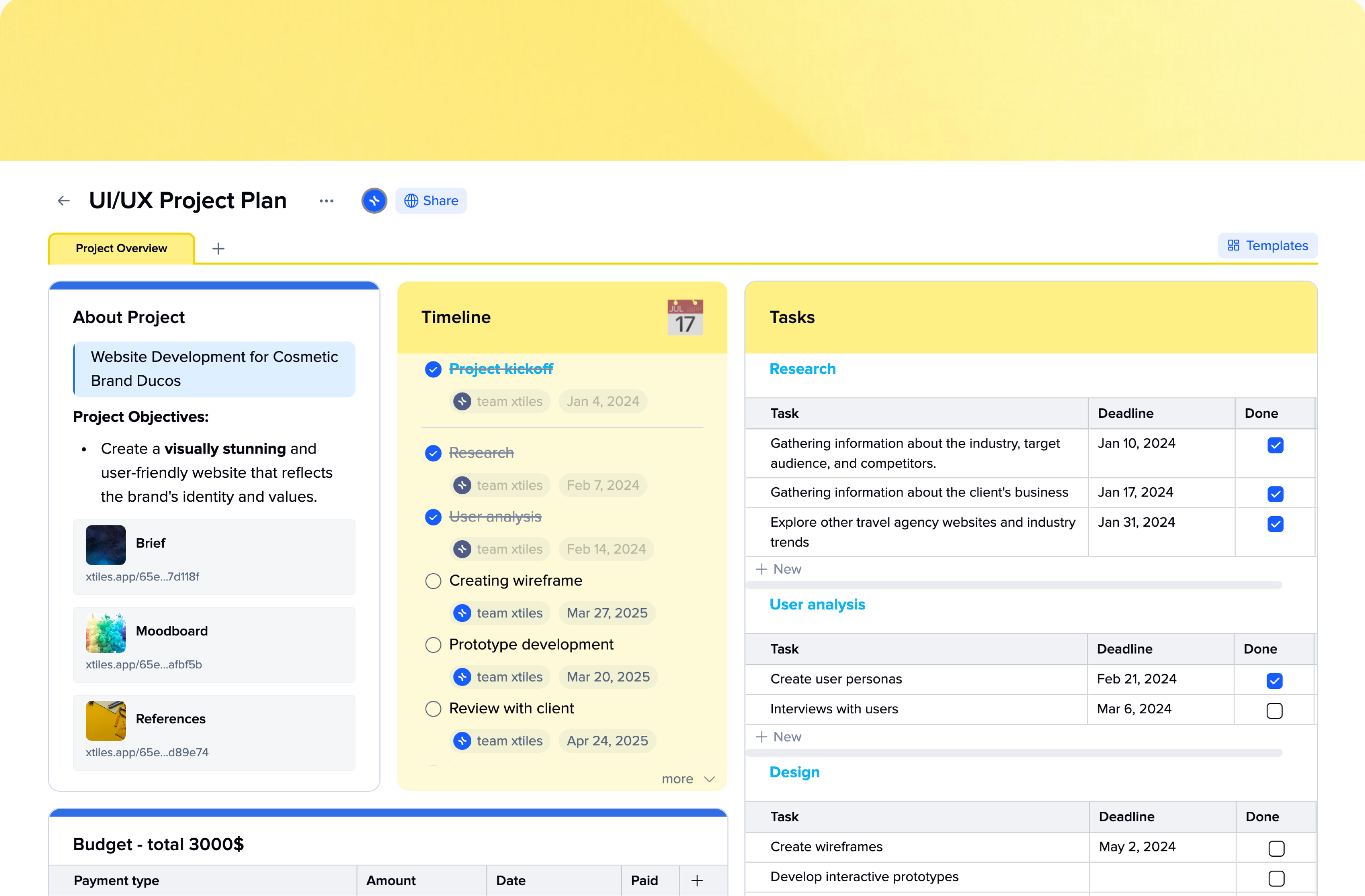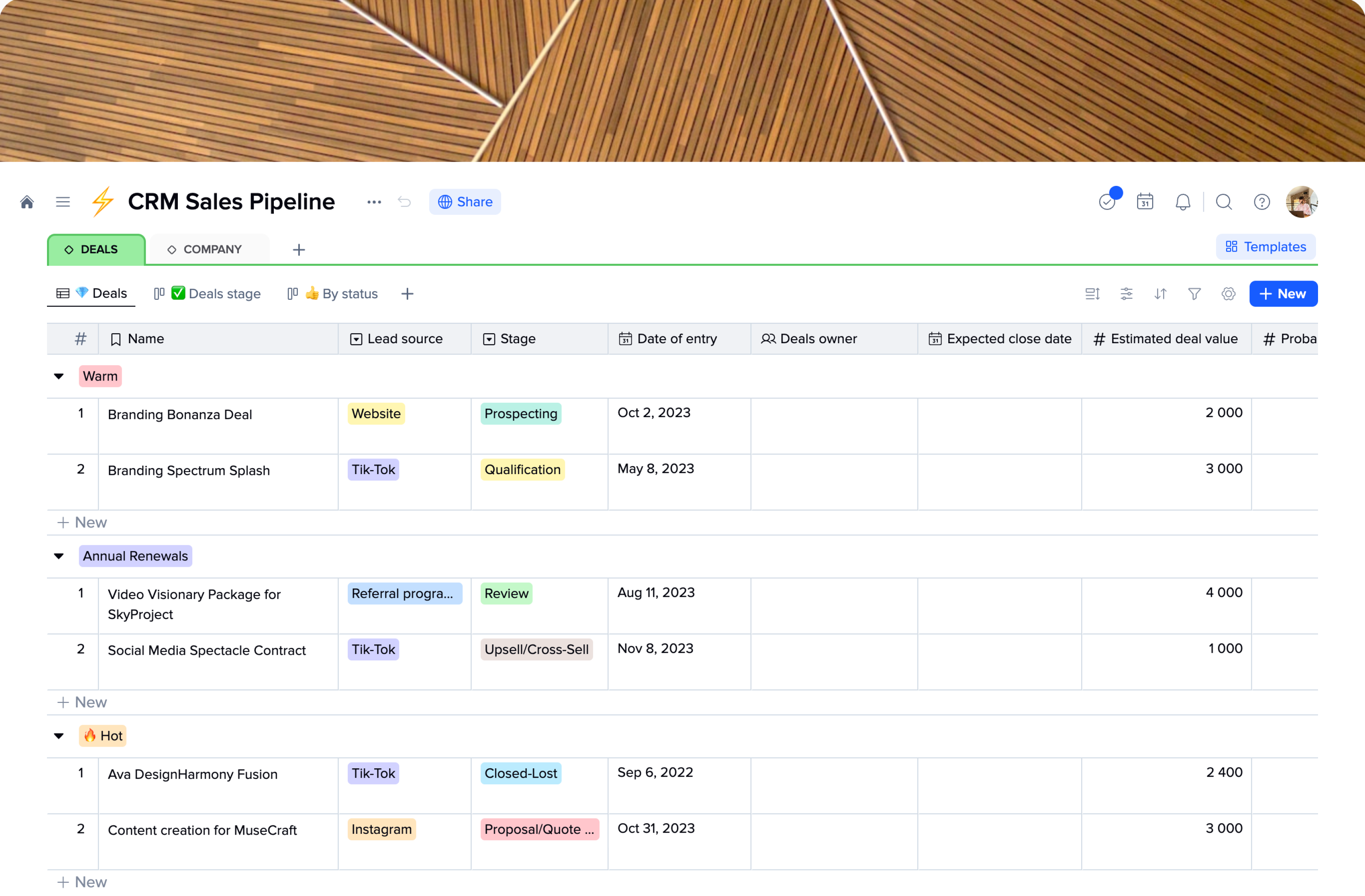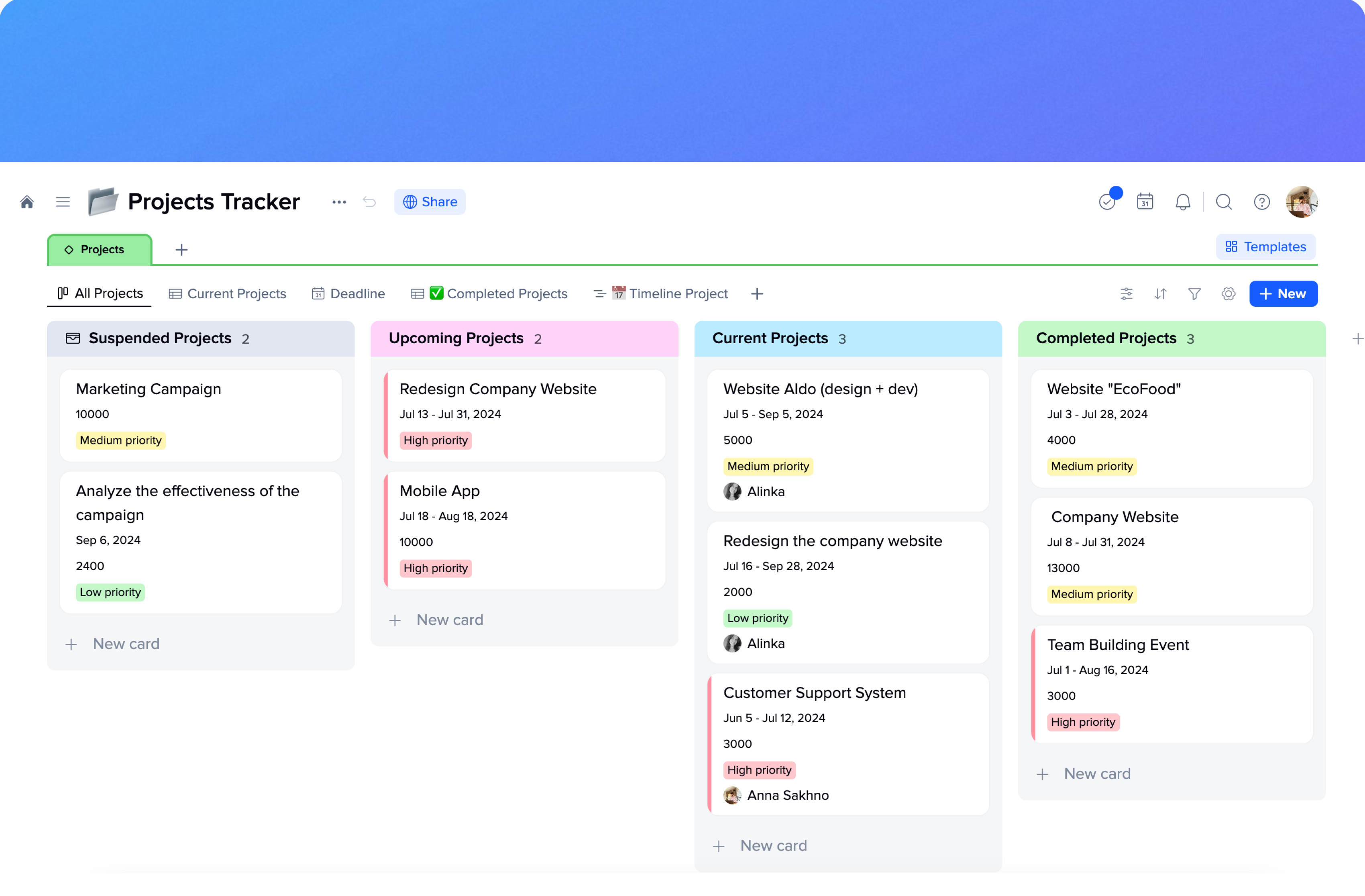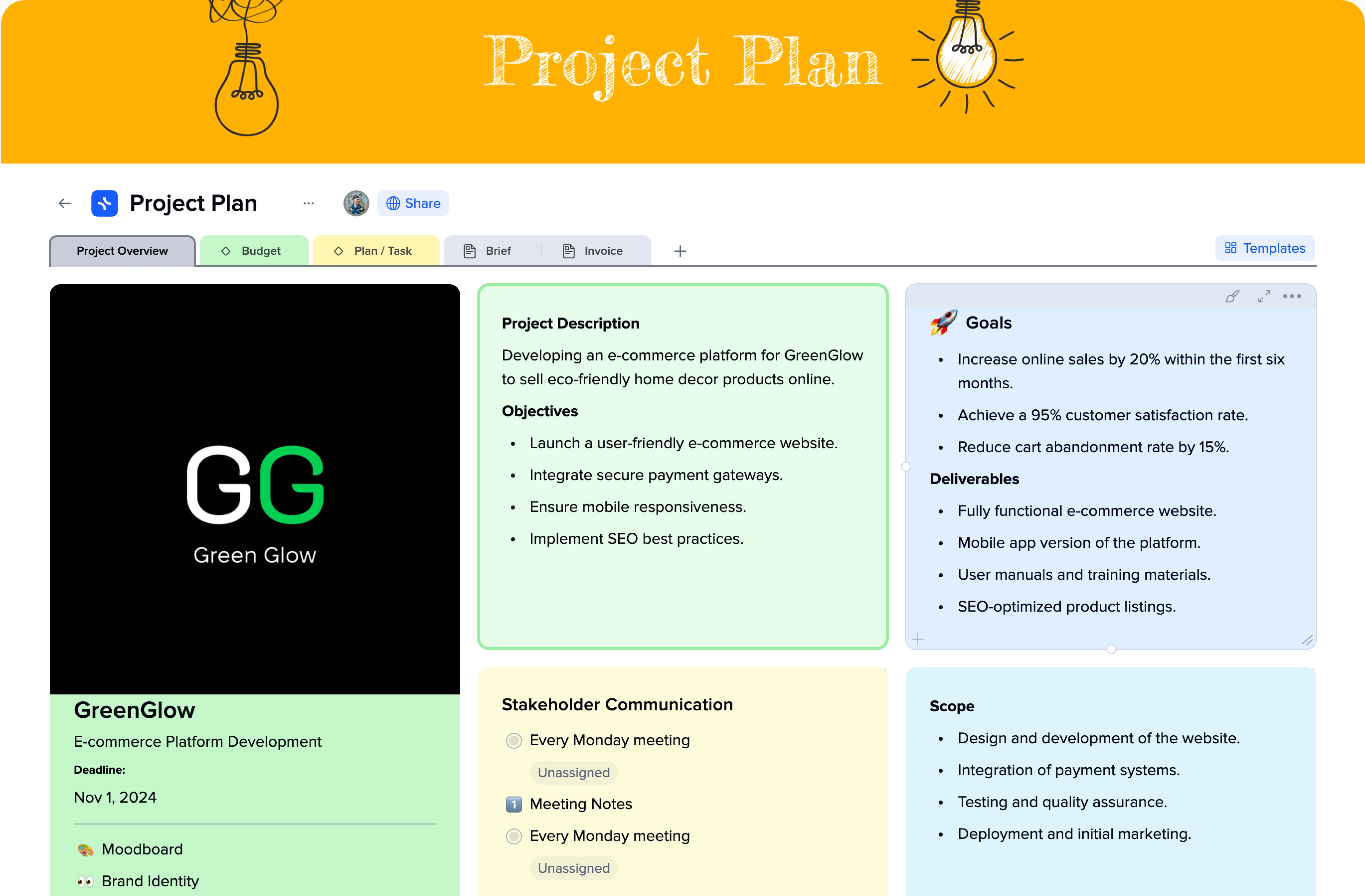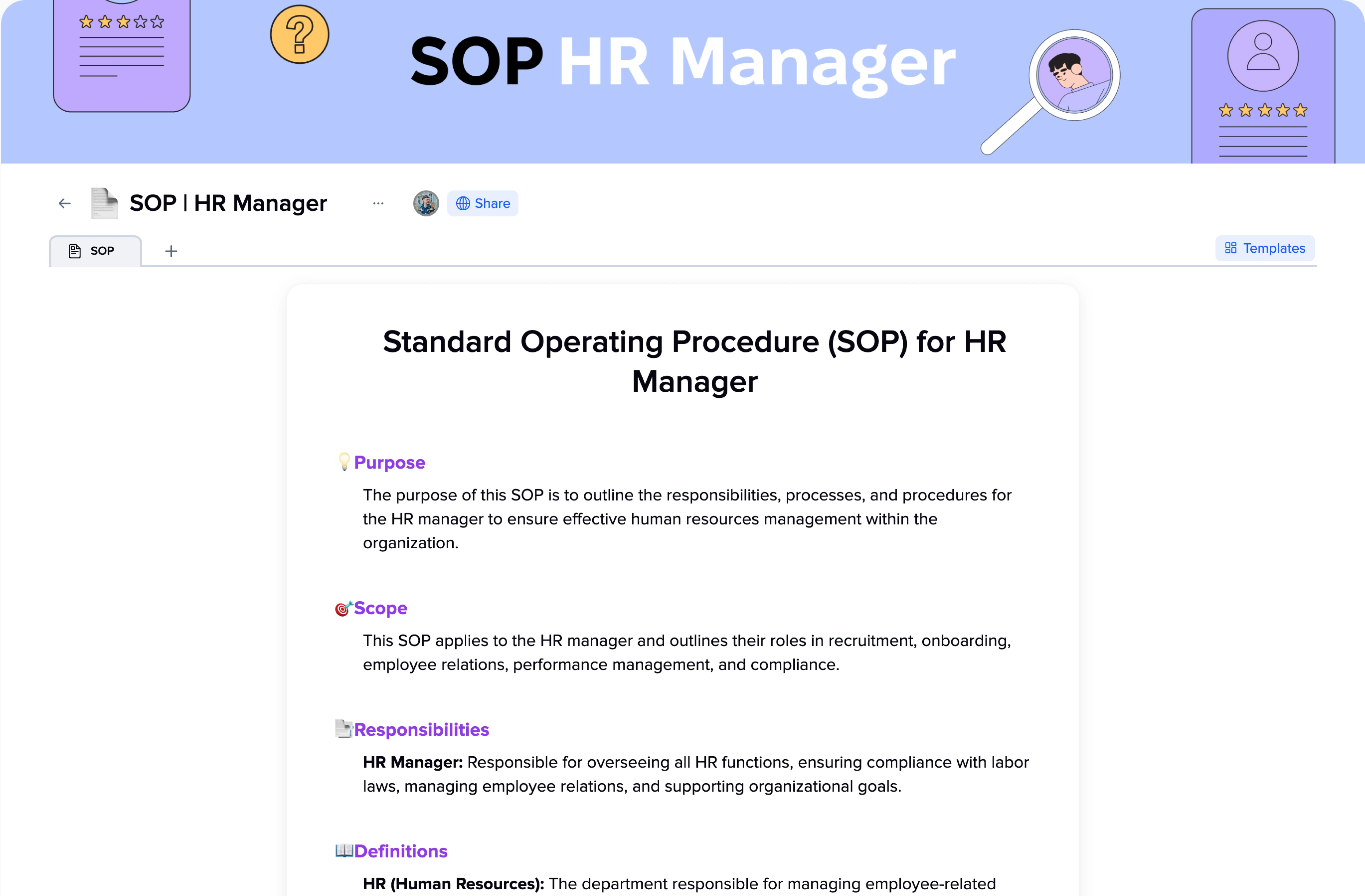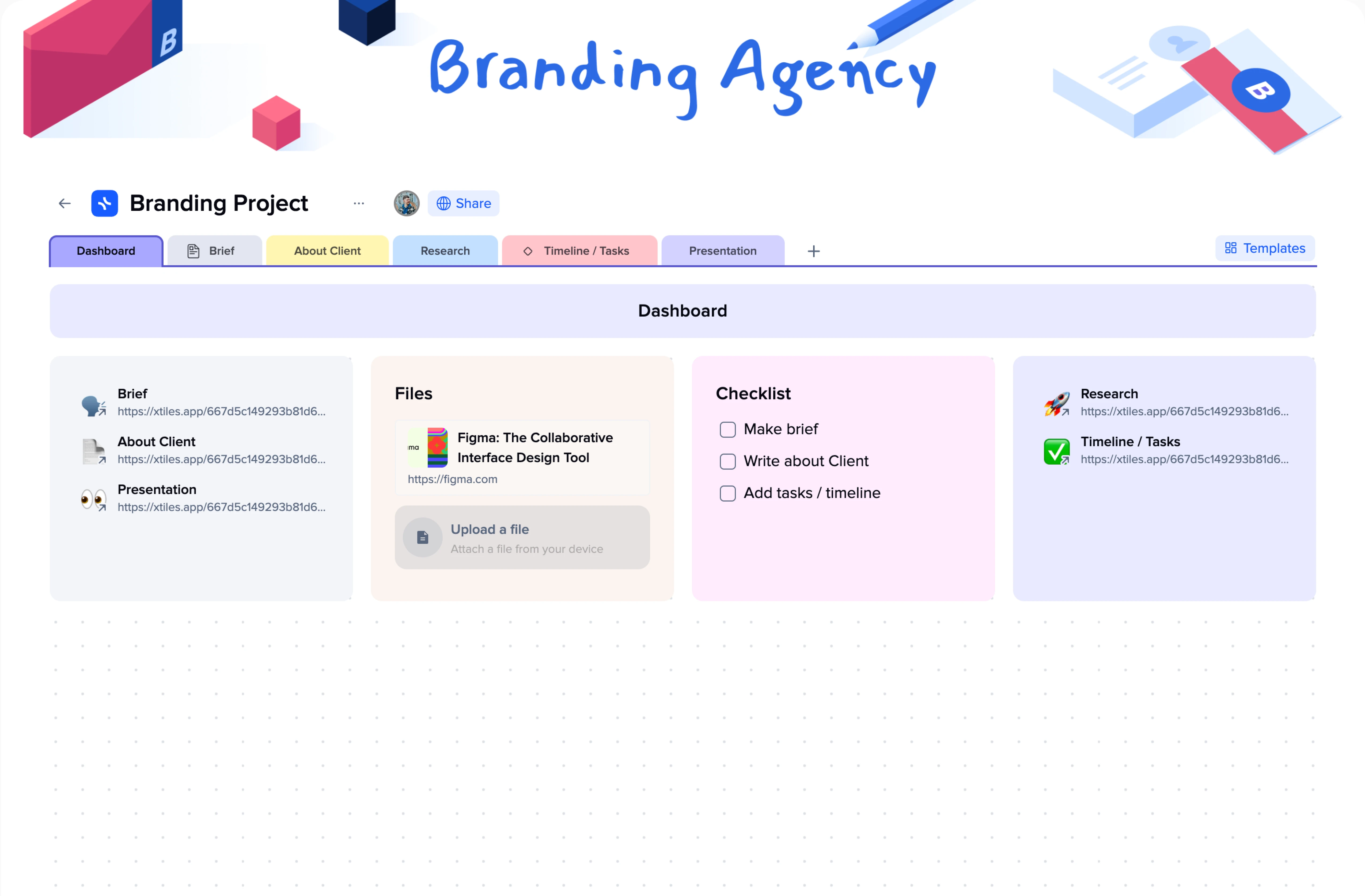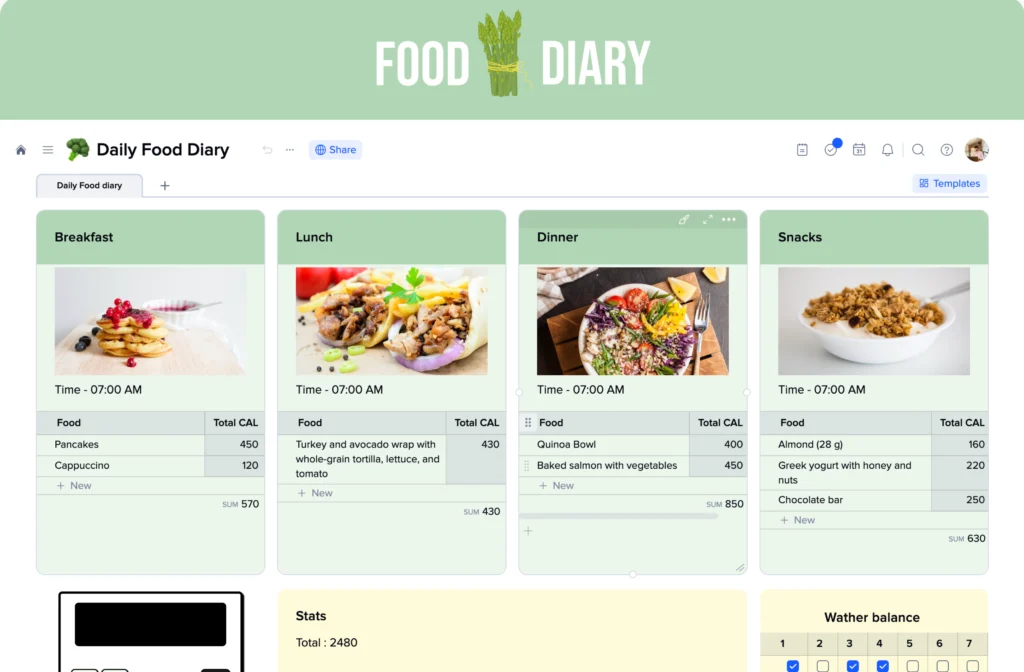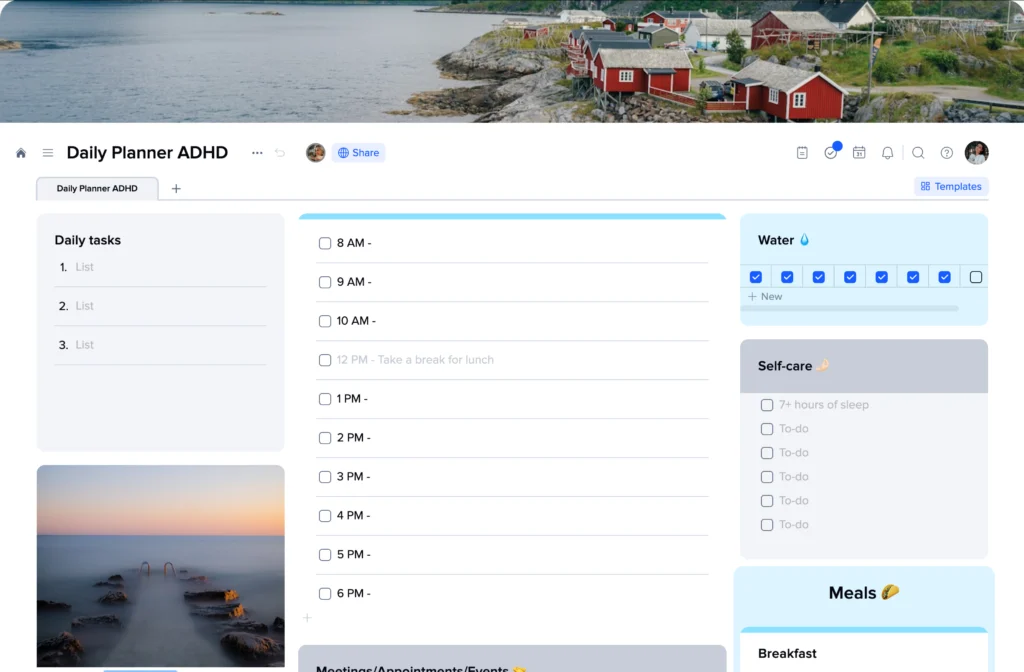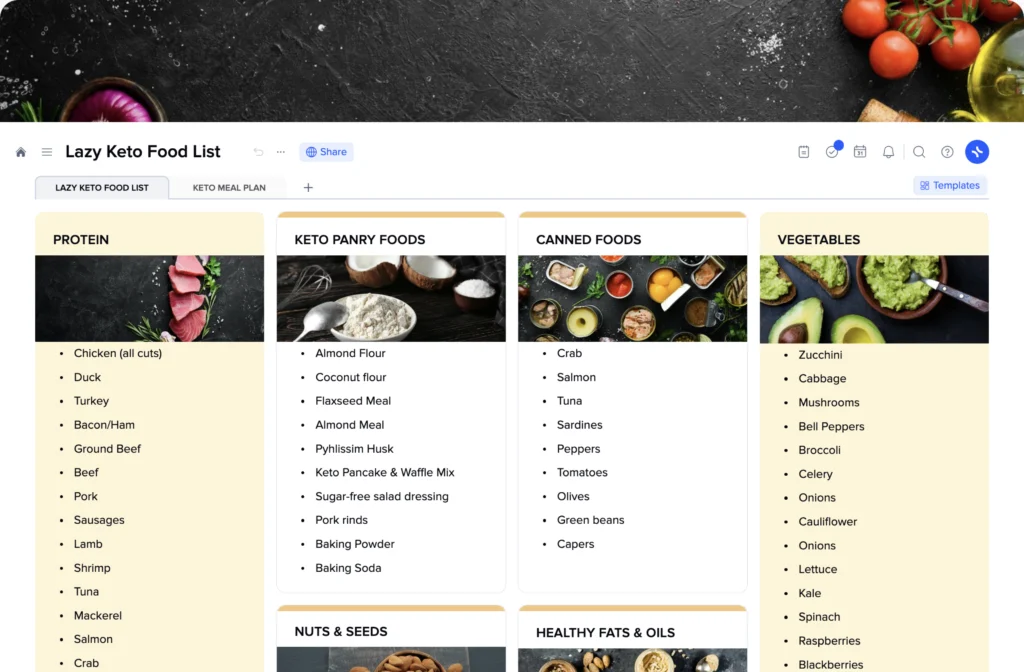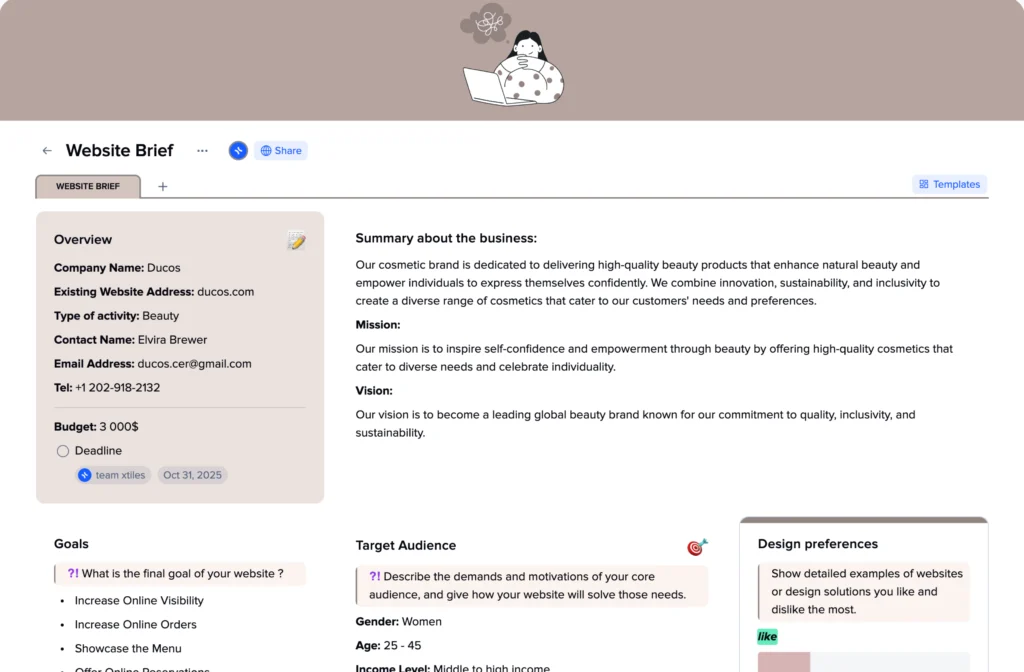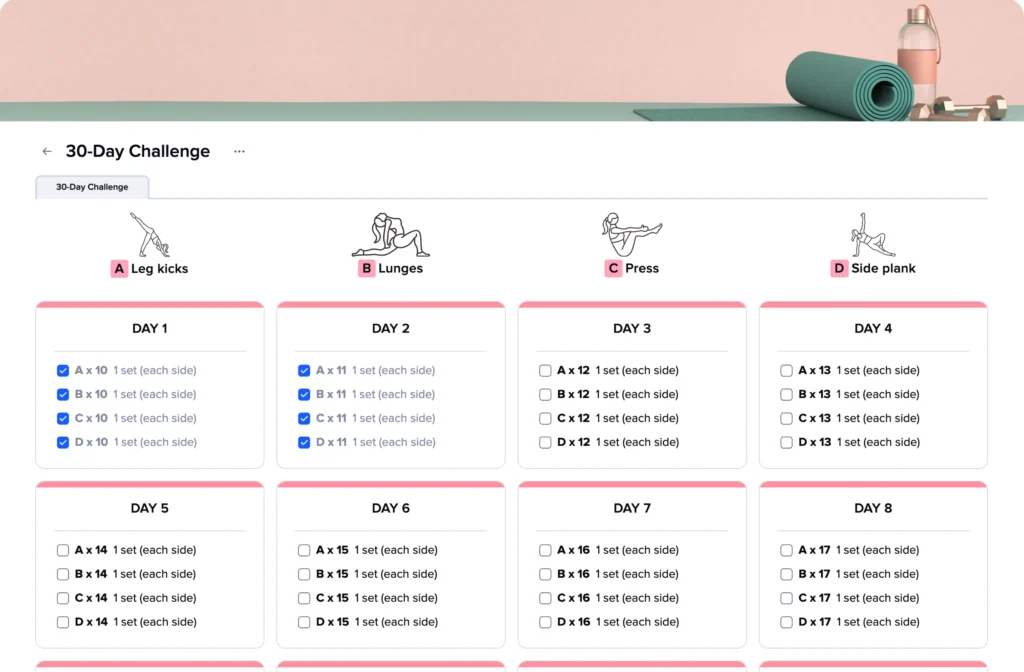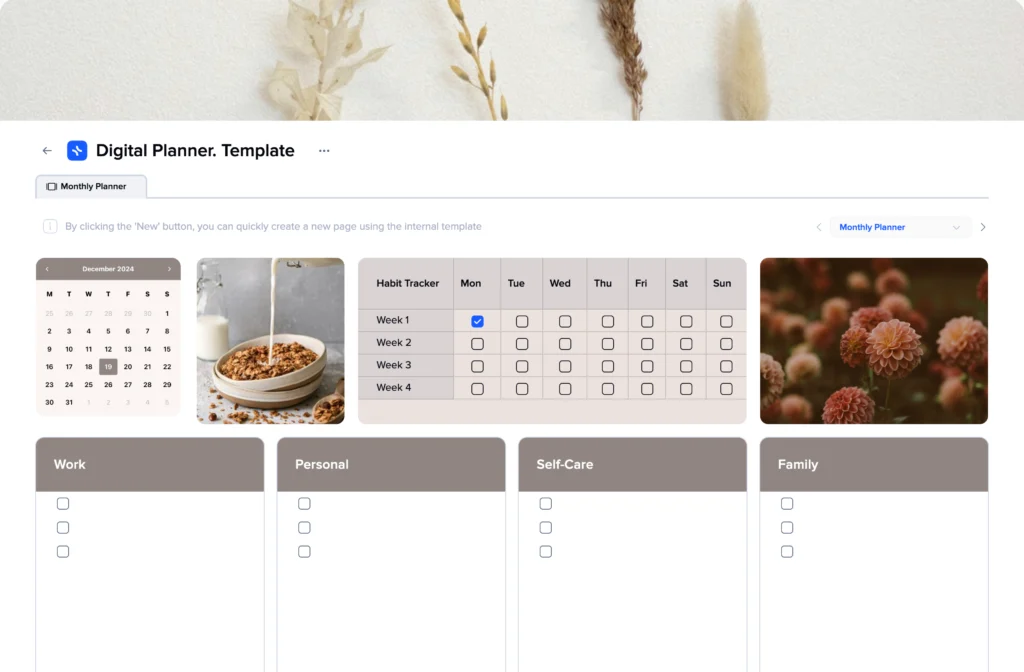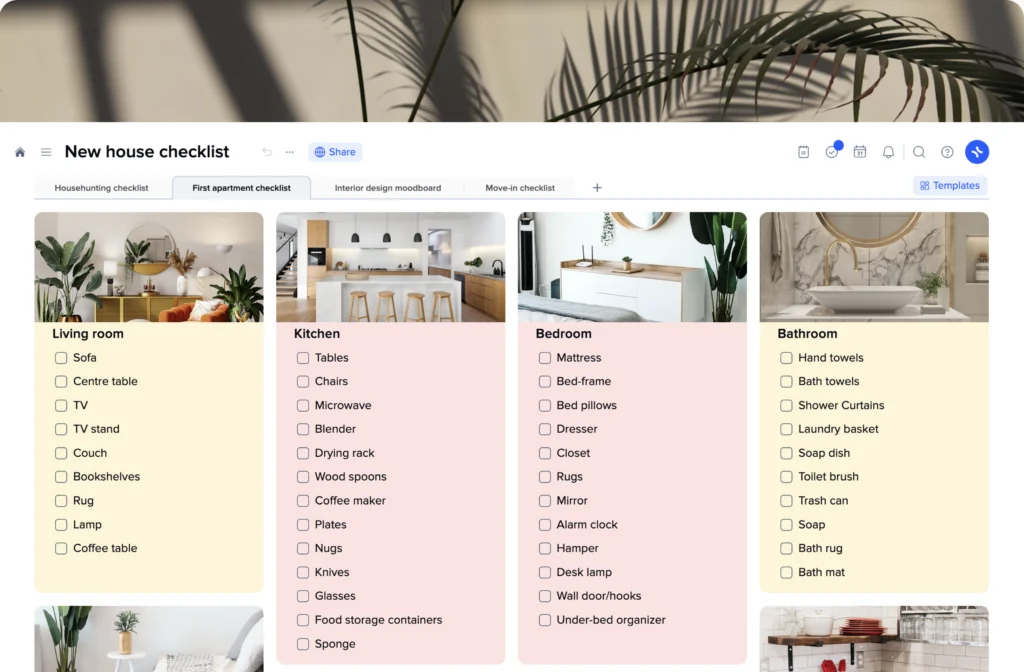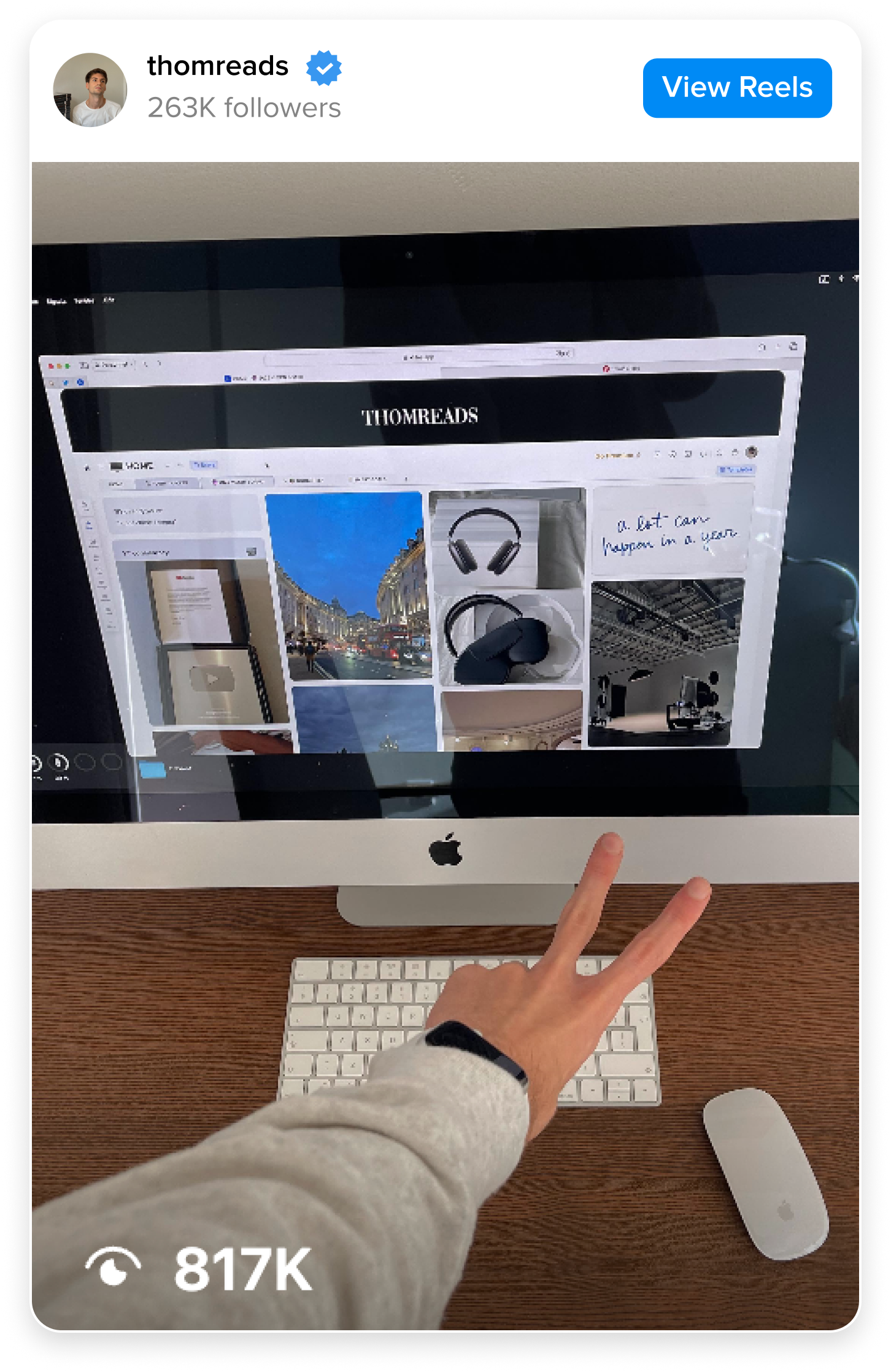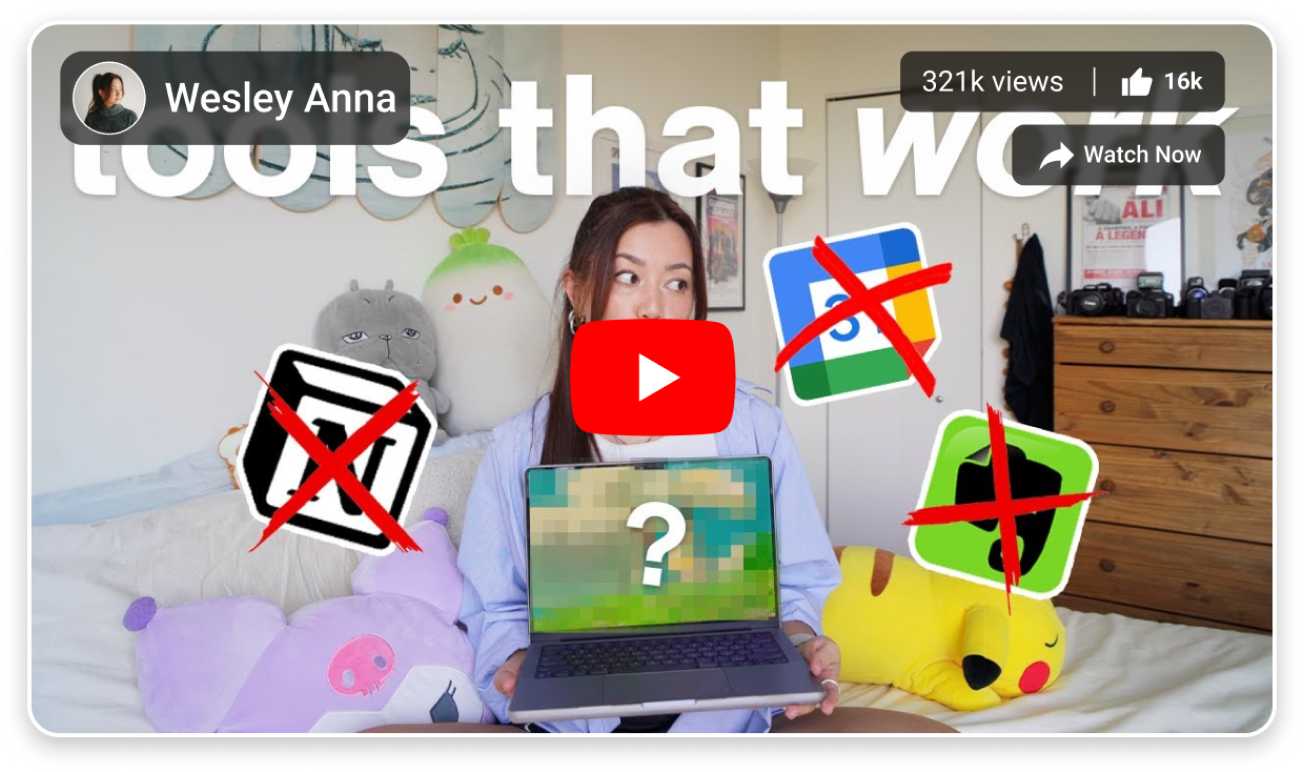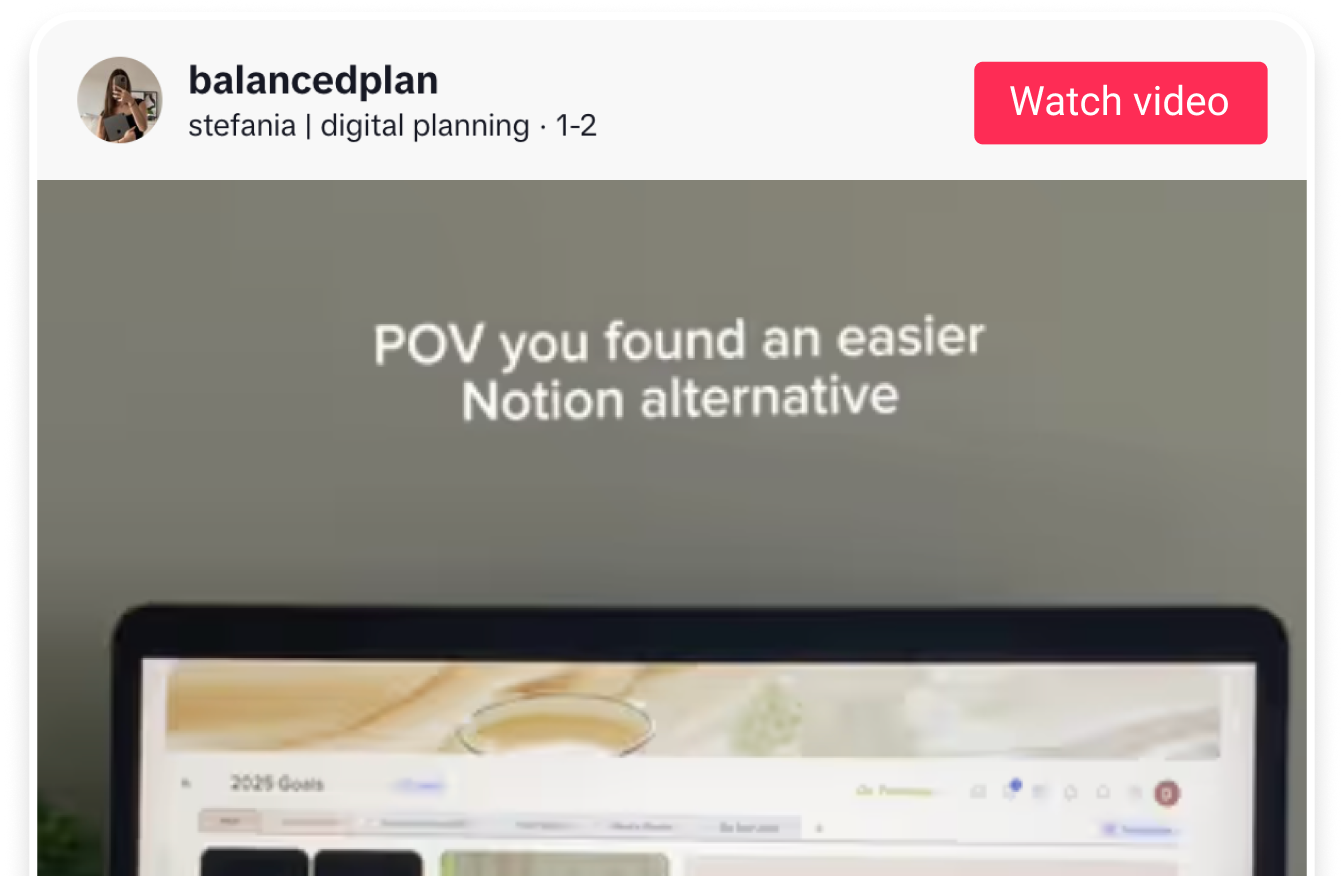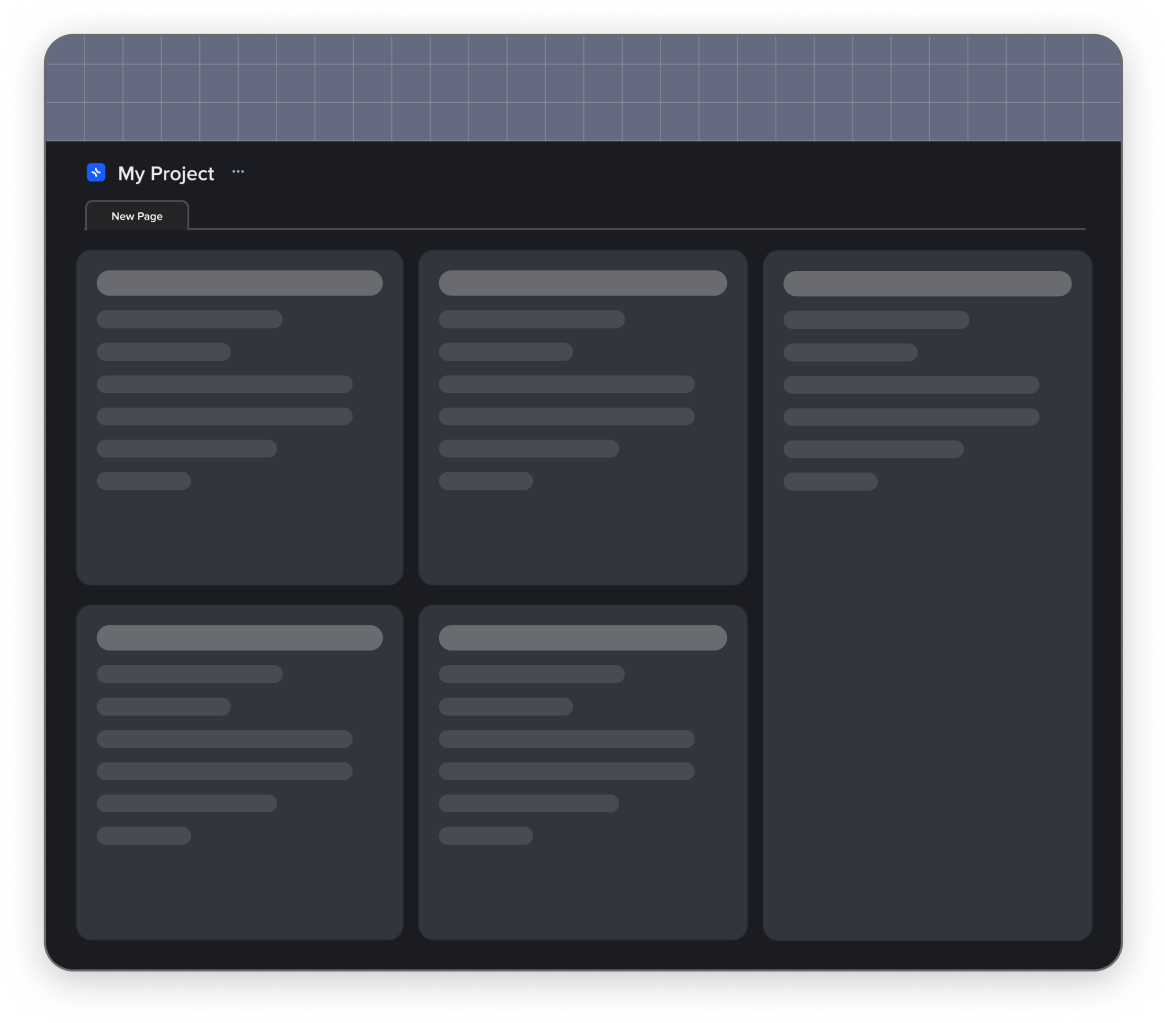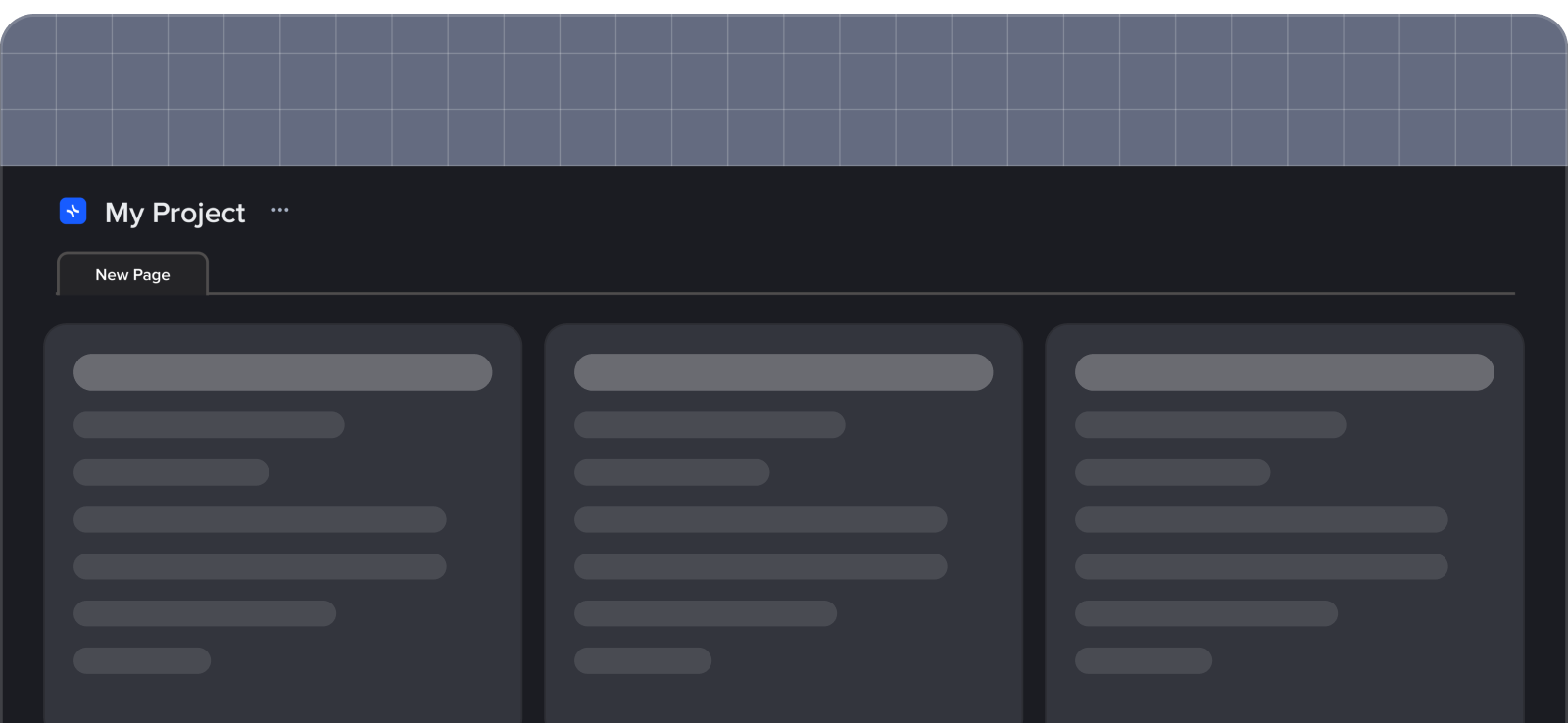✍️ xTiles Plot Diagram Template 📖
Creative writing needs time, talent, determination, and as many supportive tools as possible in order to be effective and bring the desired outcome. A story plot diagram or plot structure diagram is one of these graphic organizers, making the lives of writers easier. However, you can go one step ahead and use a pre-designed template to make the task a bit more easier.
The xTiles Blank Plot Diagram Template belongs to our writing templates collection. It helps to organize the work process, deal with a bottleneck, polish your style, and, in the end, provide an engaging story. This tool is perfectly suitable for professional writers especially those who only start or have to write a story due to specific circumstances.
What is a plot diagram template?
A plot diagram is a visual tool used to map out the key elements of a future story’s structure. The most common version is a plot pyramid, showing how the story builds tension and then resolves it.
A story’s plot typically develops over five stages – exposition, rising action, climax, falling action, and resolution. If these key components are written properly, they work together well to create a compelling narrative arc. We will take a look at every part of the plot diagram through examples from well-known stories to understand what they are and how they work.
A writer starts with the exposition (introduction), where readers step into the story’s setting for the first time, meet the main characters, and get essential background information – Harry Potter is introduced as an orphan living with his cruel uncle, aunt, and cousin, we hear the prologue explaining the feud between the Montagues and Capulets, or the Bennet family is introduced and their financial struggles are described.
Then, the story gradually but naturally moves into the rising action so that it won’t feel strange for a reader. Here, a series of events builds tension and presents various complications. Characters frequently deal with growing difficulties or conflicts throughout this stage, which propels the narrative and keeps readers interested. For example, in Harry Potter and the Sorcerer’s Stone, the rising action starts when Harry begins to receive his Hogwarts letters. In The Lion King, it happens when Scar orchestrates Mufasa’s death and blames Simba, leading Simba to flee Pride Rock. In Frozen, the rising action happens when Elsa’s ice powers accidentally cause eternal winter in Arendelle, forcing her to flee.
As the tension of the story reaches its peak, we arrive at its climax – the turning point when the primary conflict arises and the protagonists encounter their most difficult obstacles (Simba returns to Pride Rock to confront Scar, Romeo kills Tybalt in a duel, or Winston Smith’s betrays Julia under torture).
The dropping action, which follows this crucial point, demonstrates how the characters deal with the fallout from the climax and start to work out their differences. For example, in Frozen, the dropping action is when Anna sacrifices herself to save Elsa, which leads to the eternal winter end, and Elsa learning how to control her powers. Anna and Elsa’s relationship is repaired, and the kingdom celebrates their reunion. In Shrek it happens after Shrek stops Fiona’s wedding to Lord Farquaad, they confess their love, and Fiona’s curse breaks, and they return to the swamp to begin their life together.
Finally, the story reaches its resolution, also known as the denouement, where all loose ends are tied up and readers learn the ultimate fate of the characters. This final stage provides closure and often reveals the deeper meaning or lessons within the story. In Harry Potter and the Sorcerer’s Stone, the resolution is Harry returning to Dursleys for summer, but now knowing he belongs to the magic and has loyal friends like Ron and Hermione. In the 1984, Winston, completely broken by the Party’s torture, accepts Big Brother and loves the Party.
A plot chart diagram template is a tool that provides designated spaces for each stage of the story, along with additional features to streamline the process, such as rich content integration, backlinks, notes, and tasks. These features help you easily find what you need and ensure that the story structure remains solid and cohesive, free from logical issues or flawed cause-and-effect relationships.
The xTiles template for plot graphs doesn’t resemble a pyramid or mountain, which is considered to be a traditional form of this tool. Instead, it provides a consecutive structure, where you go from one stage to the next one step-by-step. This design doesn’t interfere with the visual representation of a story plot. On the contrary, it enhances comprehension, as our brains tend to think in a linear way.
